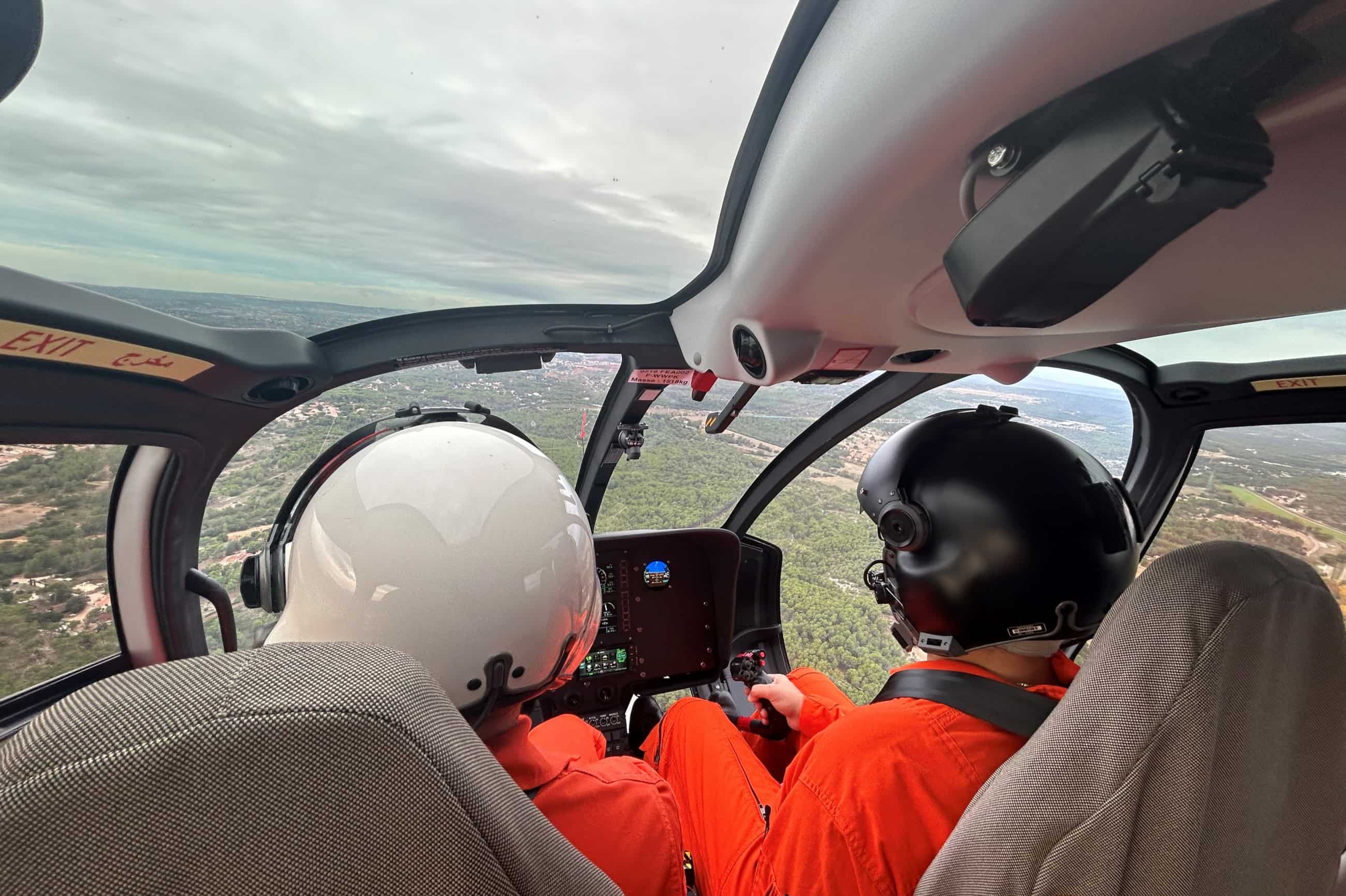
Ever wondered how aircraft are tested before they take to the skies? Aircraft flight testing is a crucial process that ensures every plane is safe, efficient, and ready for passengers. This process involves a series of rigorous tests, from ground checks to high-altitude flights. Engineers and pilots work together to push the aircraft to its limits, examining everything from engine performance to aerodynamics. These tests help identify any potential issues, ensuring that each plane meets strict safety standards. Without flight testing, air travel would be far less reliable and safe. Ready to learn more about the fascinating world of aircraft flight testing? Let's dive into 13 intriguing facts that highlight the importance and complexity of this essential process.
Key Takeaways:
- Flight testing is crucial for ensuring new aircraft are safe and reliable before they can be used commercially. It involves different types of tests to evaluate performance, handling, and systems.
- Test pilots play a vital role in flight testing, undergoing specialized training and providing valuable feedback to ensure the safety and reliability of new aircraft.
What is Aircraft Flight Testing?
Aircraft flight testing is a critical phase in the development of new aircraft. It involves evaluating the performance, safety, and reliability of an aircraft before it enters service. This process ensures that the aircraft meets all regulatory and safety standards.
-
Flight testing is essential for certification. Before any aircraft can be sold or used commercially, it must undergo rigorous flight testing to receive certification from aviation authorities like the FAA or EASA.
-
It involves different types of tests. Flight testing includes performance tests, handling tests, and systems tests. Each type assesses different aspects of the aircraft's capabilities.
The History of Flight Testing
The history of flight testing is as fascinating as the aircraft themselves. It has evolved significantly since the early days of aviation.
-
The Wright brothers conducted the first flight tests. In 1903, Orville and Wilbur Wright performed the first controlled, sustained flight of a powered aircraft, marking the beginning of flight testing.
-
World War II accelerated flight testing advancements. The need for superior aircraft during the war led to rapid advancements in flight testing techniques and technology.
The Role of Test Pilots
Test pilots play a crucial role in the flight testing process. Their expertise and bravery ensure that new aircraft are safe and reliable.
-
Test pilots undergo specialized training. They receive extensive training to handle the unique challenges and risks associated with flight testing.
-
They provide valuable feedback. Test pilots' observations and feedback are critical for identifying issues and making necessary adjustments to the aircraft.
Modern Flight Testing Techniques
Modern flight testing techniques have become more sophisticated, thanks to advancements in technology.
-
Simulators are widely used. Flight simulators allow engineers to test various scenarios and conditions without risking the aircraft or pilot.
-
Data acquisition systems are crucial. These systems collect real-time data during test flights, providing engineers with valuable information for analysis.
Safety Measures in Flight Testing
Safety is paramount in flight testing. Numerous measures are in place to protect both the aircraft and the test pilots.
-
Redundant systems are standard. Aircraft used in flight testing often have redundant systems to ensure safety in case of a failure.
-
Emergency procedures are well-defined. Test pilots are trained in emergency procedures to handle any unexpected situations during test flights.
The Future of Flight Testing
The future of flight testing looks promising, with new technologies and methods continually being developed.
-
Unmanned aerial vehicles (UAVs) are being tested. UAVs, or drones, are increasingly being used in flight testing to reduce risks and costs.
-
Artificial intelligence is playing a role. AI is being integrated into flight testing to enhance data analysis and improve testing efficiency.
-
Electric aircraft are the next frontier. As the aviation industry moves towards more sustainable solutions, electric aircraft are undergoing extensive flight testing to ensure their viability.
The Final Countdown
Aircraft flight testing is a fascinating blend of science, engineering, and sheer bravery. Test pilots push the boundaries of what's possible, ensuring every plane in the sky is safe and efficient. From the rigorous stress tests to the precise aerodynamic evaluations, each step is crucial. These tests don't just happen in a lab; they take place in the real world, often under extreme conditions. The data collected helps improve future designs, making air travel safer for everyone. Next time you board a plane, remember the countless hours of testing and the dedication of those behind the scenes. Their work ensures that flying remains one of the safest modes of transportation. So, the next time you look out the window at 30,000 feet, give a nod to the unsung heroes of aviation.
Frequently Asked Questions
Was this page helpful?
Our commitment to delivering trustworthy and engaging content is at the heart of what we do. Each fact on our site is contributed by real users like you, bringing a wealth of diverse insights and information. To ensure the highest standards of accuracy and reliability, our dedicated editors meticulously review each submission. This process guarantees that the facts we share are not only fascinating but also credible. Trust in our commitment to quality and authenticity as you explore and learn with us.


